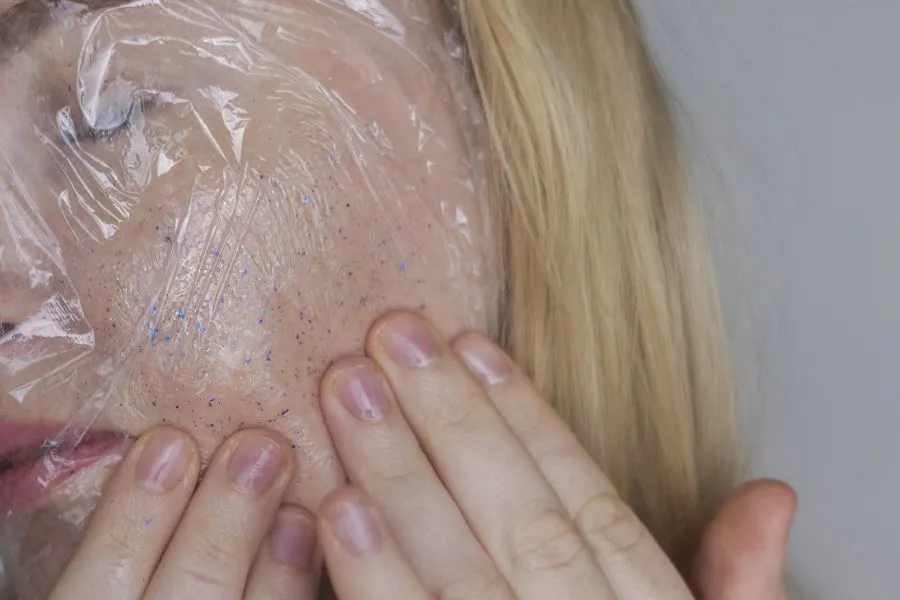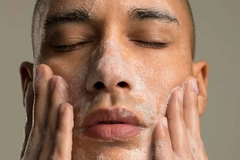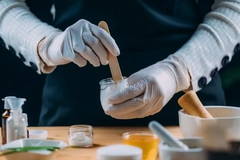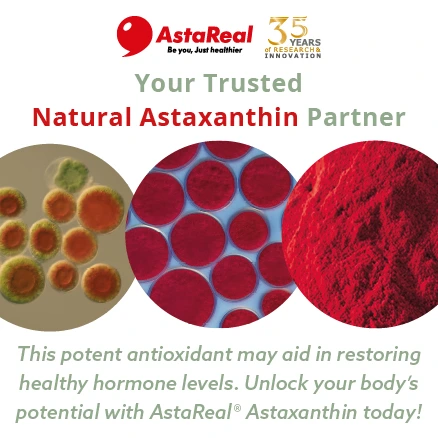Bioweg CEO says biotech beauty will move from “interesting to industry standard”
Key takeaways
- Biotechnology enables the development of high-performance, biodegradable cosmetic ingredients.
- Bioweg’s fermentation-based platform reduces reliance on petrochemicals, land-intensive crops, and persistent microplastics.
- Biotech beauty is shifting from a niche concept to an industry standard as brands seek better sensoriality, stability, and sustainability.
Bioweg works to replace microplastics and harmful chemistries in beauty products with bio-based, biodegradable alternatives that perform on par with, or better than, conventional options. It innovates fermentation-derived micro-powders for sensoriality and cellulose-based rheology control.
The German biotechnology and material science company states that its solutions are backed by hands-on application support and a clear path to scaling.
Personal Care Insights speaks with Dr. Prateek Mahalwar, co-founder and CEO of Bioweg, about how biotech solutions are not a compromise, but rather how the beauty industry can deliver a better feel, stability, and environmental progress.
How is biotechnology reshaping the development of cosmetic ingredients, and what advantages does it offer over traditional sourcing?
Mahalwar: Biotechnology lets us design ingredients for function and sustainability at the same time. At Bioweg, we convert side streams from the food and agri industry into high-purity bacterial cellulose via precision fermentation, then tailor it with green surface chemistry into micro-powders and rheology modifiers. The approach decouples performance from agricultural land and petrochemicals, and it gives far tighter control over purity and batch-to-batch consistency than extraction or fossil-based routes.
In practical terms, it means drop-in ingredients like cellulose rheology modifiers (INCI: Aqua, Cellulose), which are compatible with common surfactants and salts and remain stable across a wide pH and temperature range. This means formulators do not have to redesign their entire process to get better outcomes.  Bioweg develops biodegradable alternatives to microplastics.
Bioweg develops biodegradable alternatives to microplastics.
On a functional level, our products’ micbeads perform better than synthetic and other ingredients. For example, micbeads outperform in the combination of matte and sensory agents.
How does Bioweg cater to the increased need for sustainable cosmetics?
Mahalwar: A biotech platform makes the supply chain more circular. We upcycle feedstocks, reducing pressure on virgin resources; we replace persistent synthetics, lowering the expected carbon and environmental burden at the material level; and we engineer ingredients to be readily biodegradable, addressing end-of-life concerns like microplastics persistence.
Because bacterial cellulose isn’t tied to forest- or land-intensive crops, we can cut exposure to deforestation risk and meaningfully reduce land and water intensity versus plant-derived alternatives.
What is the best way to communicate what “biotech beauty” is to consumers?
Mahalwar: The most effective communication is simple and tangible. First, clarity on what it is: clean labels and straightforward INCI help consumers place the ingredient. Second, brands can communicate the benefits of softer, velvety textures, improved spreadability, stable structures, and visual effects, like soft-focus or mattifying, at low inclusion levels. Third, mentioning outcomes instead of buzzwords is a good path. For example: “biodegradable within weeks” and “made from upcycled feedstocks” are concrete and easy to understand.
When you frame biotech as a way to improve sensoriality and stability while solving the microplastics problem, even ‘natural-first’ consumers respond positively.
What regulatory hurdles still exist for biotechnology solutions in the beauty industry?
Mahalwar: Regulators and brands are aligned on the future of biotech, but expectations are rightly high. Suppliers need full technical dossiers — biodegradability data (e.g., OECD methods), compatibility and stability across pH, temperature, and surfactant systems, plus clear storage and shelf life guidance.
In Europe, the microplastics restriction has accelerated reformulation across several categories. With that urgency comes rigorous data requirements by application. Our view is that transparency and robust testing are not hurdles to clear once — they’re table stakes for trust.Precision fermentation transforms upcycled feedstocks into clean beauty ingredients.
What breakthroughs will define the next generation of biotech beauty ingredients?
Mahalwar: Two trajectories are especially exciting. First, high-function texturants that replace liquid synthetics — rheology and suspension agents that match or exceed acrylics and silicones on sensory feel and stability while remaining rapidly biodegradable.
Second, multifunctional micro-powders that combine sensorial enhancement with oil/sweat management and visual blurring at very low dosages, leveraging the unique micro-architecture of bacterial cellulose.
Around those pillars, we see platform expansion into adjacent functions and faster industrialization through dedicated facilities and deep brand partnerships. As applications teams co-develop with formulators, biotech ingredients will move from ‘interesting’ to ‘industry standard.’














